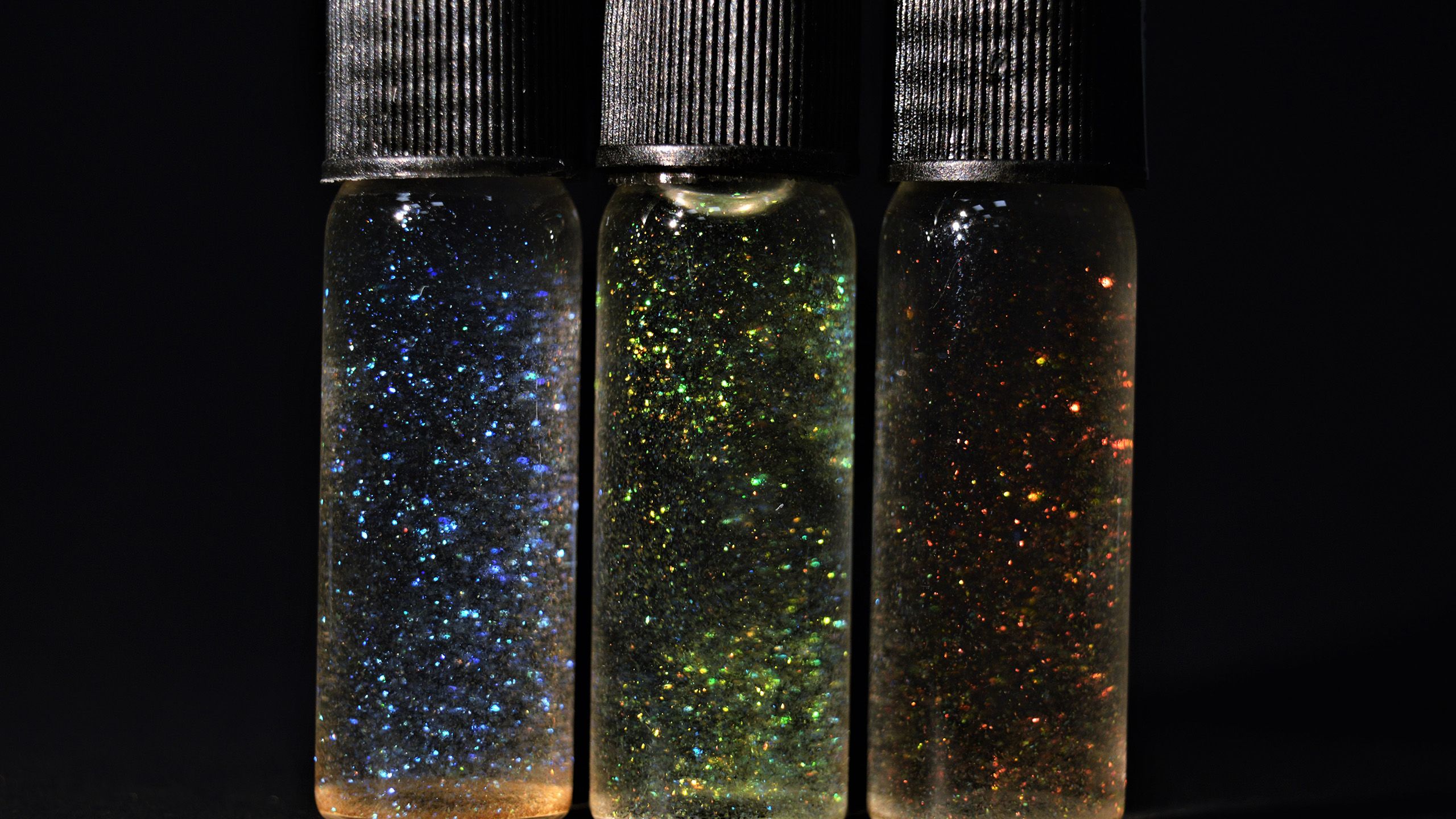2021-11-09 シンガポール・南洋(ナンヤン)理工大学(NTU)

・ NTU とイスラエル・ヘブライ大学(HUJ)が、景観を遮ることなく熱の伝導を制御して室内の冷暖房のエネルギー量の低減を助ける、「スマート」なエレクトロクロミック(EC)窓の新材料を開発。
・ ネオジムとニオブでドープした(Nd-Nb co-doped)二酸化スズ(SnO2)/非結晶質三酸化タングステン(a-WO3)のナノ構造の新材料をガラス窓に塗布し、通電のオンオフ切り替えで赤外光の透過・遮蔽を制御する。
・ 実験シミュレーションでは、可視光を 90%まで透過させて窓からの景観を遮ることなく、赤外光のみを選択的に最大 70%遮蔽。熱の制御において市販の EC 窓の効果を約 30%上回り、耐久性があるため経済性にも優れる。
・ 所謂「グリーン」なビルに導入されている市販の EC 窓は、ガラスパネルの片面にのみ WO3 を塗布したものが多く、スイッチを入れて電流が流れるとリチウムイオンが WO3 塗布面に移動して窓ガラスが暗色や不透明に変化して屋内に入る光を低減させる。スイッチを切ればイオンが再び移動して窓ガラスが透明に戻る。
・ 現行の EC 窓は可視光のみを遮蔽して赤外光を透過させるため、室内の気温を上昇させる。また、エレクトロクロミックの効果が 3~5 年で薄れ、耐久性に課題がある。
・ 新材料による EC 窓の耐久試験では、厳しいオン・オフサイクル後も優れた安定性を保持(赤外光を65%超遮蔽)し、持続可能なビルでの長期的な利用に向けたより高い性能、実現可能性とコスト節約の可能性を提示した。
・ 磁性の炭素ベース粒子と熱伝導に優れた薄膜から構成される熱伝導制御スイッチシステムを別途開発し、特許を取得。同スイッチのオン・オフにより、窓の熱の伝導状態を切り替える。新材料の EC 窓に導入すれば、赤外光と熱伝導による 2 種類の伝熱が制御できる。
・ 商業化に向けて、シンガポールの革新的なガラス製造業者の iGlass Asia Pacific と共同で試験を実施し、同 EC 窓の効率性と持続可能性のさらなる向上を目指す。
・ 本研究は、シンガポール国立研究財団(NRF)の Singapore-HUJ Alliance for Research and Enterprise(SHARE)の下、CREATE プログラムにより実施された。
URL: https://www.ntu.edu.sg/news/detail/smart-window-blocks-rays-without-blocking-views
<NEDO海外技術情報より>
(関連情報)
ACS Omega 掲載論文(フルテキスト)
Nd-Nb Co-doped SnO2/α-WO3 Electrochromic Materials: Enhanced Stability and Switching
Properties
URL: https://pubs.acs.org/doi/10.1021/acsomega.1c03260
Abstract
The fabrication of Nd–Nb co-doped SnO2/α-WO3 electrochromic (EC) materials for smart window applications is presented in the present paper. Nb is a good dopant candidate for ECs owing to its ability to introduce active sites on the surface of α-WO3 without causing much lattice strain due to the similar ionic radius of Nb5+ and W6+. These active sites introduce more channels for charge insertion or removal during redox reactions, improving the overall EC performance. However, Nb suffers from prolonged utilization due to the Li+ ions trapped within the ECs. By coupling Nd with Nb, the co-dopants would transfer their excess electrons to SnO2, improving the electronic conductivity and easing the insertion and extraction of Li+ cations from the ECs. The enhanced Nd–Nb co-doped SnO2/α-WO3 exhibited excellent visible light transmission (90% transmittance), high near-infrared (NIR) contrast (60% NIR modulation), rapid switching time (∼1 s), and excellent stability (>65% of NIR modulation was retained after repeated electrochemical cycles). The mechanism of enhanced EC performance was also investigated. The novel combination of Nd–Nb co-doped SnO2/α-WO3 presented in this work demonstrates an excellent candidate material for smart window applications to be used in green buildings.



